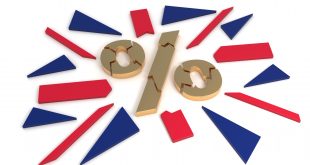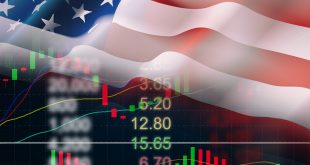The Federal Reserve stands at a pivotal moment. With inflation pressures appearing contained, FOMC Governor Michelle Bowman has signaled openness to cutting interest rates as early as July 2025. This shift could realign monetary policy with a neutral stance, balancing a healthy labor market while addressing emerging economic risks. Here’s why this move makes sense, what it means for the economy, and what challenges lie ahead.
Inflation Under Control, For Now
Recent data suggests inflation is stabilizing, creating room for the Fed to ease its tight policy. Bowman emphasized that if this trend holds, a rate cut could prevent over-tightening, which risks stifling growth. Unlike past periods, such as the high-inflation 1970s, today’s price pressures seem less entrenched, partly due to resolved supply chain bottlenecks and steady progress in trade agreements. However, external risks, like Middle East tensions, could push commodity prices higher, complicating the outlook. A preemptive rate cut might hedge against these uncertainties while inflation remains manageable.
Labor Market: A Call for Vigilance
The labor market, while solid, shows signs of softening. Job growth has slowed, and unemployment ticks upward, though still low historically. Bowman highlighted the need to prioritize downside risks to employment, a departure from the Fed’s recent inflation-first focus. A rate cut could stimulate hiring and consumer spending, preventing a deeper slowdown. For context, the 2008 financial crisis showed how delayed action can exacerbate labor market weakness. Acting early could avoid such pitfalls, preserving economic momentum.
Trade and Tariffs: Minimal but Not Negligible
Trade policy shifts, including tariffs, are expected to have a small impact on inflation, according to Bowman. Recent trade progress has reduced uncertainty, lowering inflationary risks from global disruptions. However, tariffs could still raise costs for specific goods, subtly pressuring prices. Compared to the 2018-2019 trade wars, which spiked input costs, today’s trade environment appears less volatile. Still, the Fed must monitor these dynamics to ensure they don’t derail inflation stability.
Looking Ahead: A Balanced Approach
A July rate cut could signal confidence in inflation’s downward trajectory while safeguarding jobs. But the Fed must tread carefully. Cutting too aggressively risks reigniting price pressures, especially if commodity shocks materialize. Conversely, delaying action could weaken the labor market further, eroding consumer confidence. The Fed’s challenge is to strike a balance, using data-driven decisions to navigate these trade-offs. Historical missteps, like the early 1980s over-tightening, underscore the stakes.
This moment calls for bold yet measured action. A rate cut, if timed right, could steer the economy toward stability, reinforcing the Fed’s role as a steady hand in uncertain times. The July meeting will be a litmus test for this approach, with implications for markets, workers, and prices nationwide.

 Noor Trends News, Technical Analysis, Educational Tools and Recommendations
Noor Trends News, Technical Analysis, Educational Tools and Recommendations




